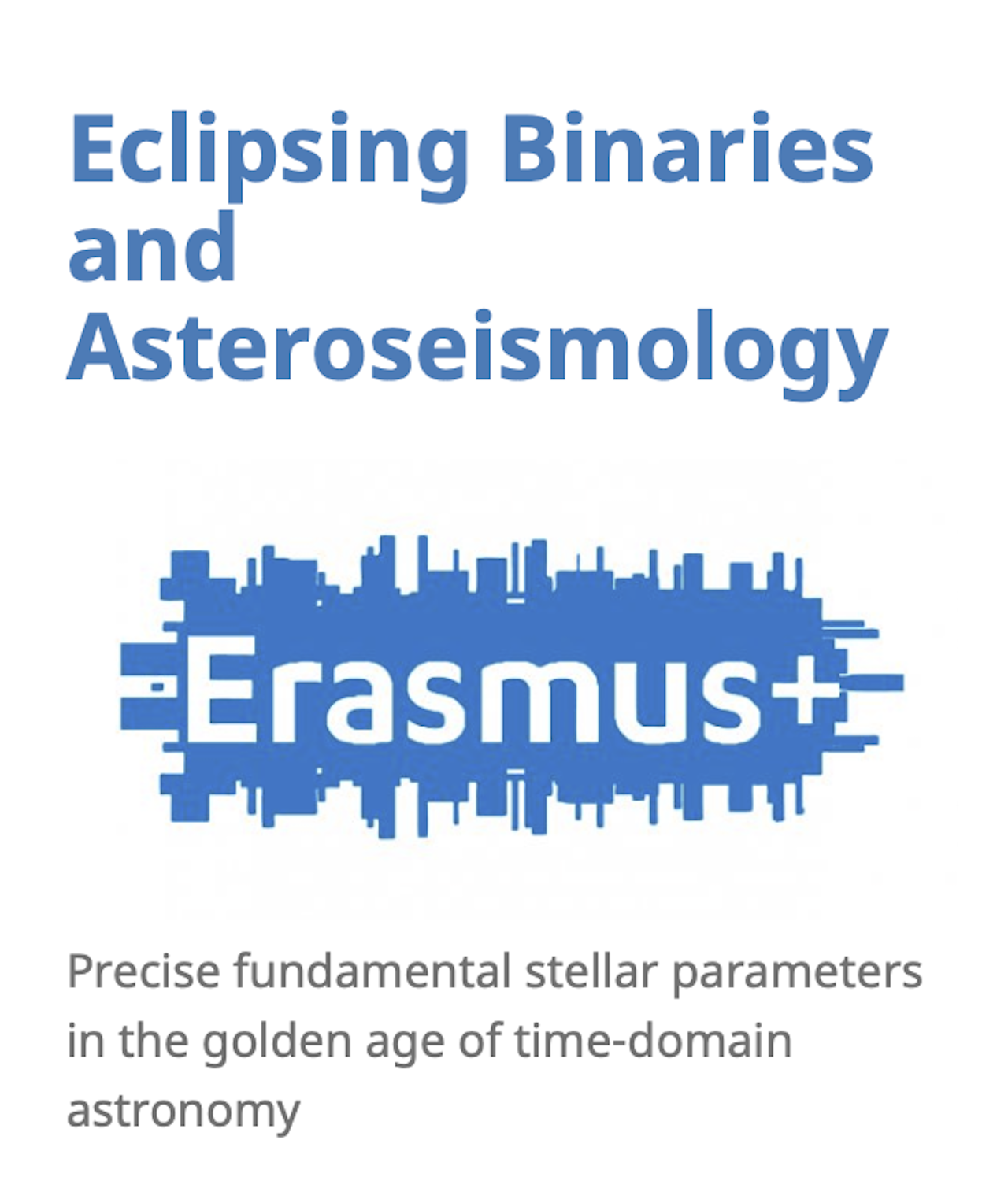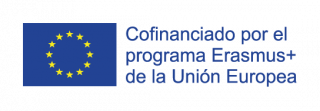The school will be held at the Instituto de Astrofísica de Canarias’ offices on La Palma, known as the Center for Astrophysics on La Palma or CALP. The CALP is in the village of San Antonio on the eastern side of the island, approximately 10 minutes from the airport and from the island’s capital, Santa Cruz de La Palma. A free bus will operate to take attendees from the popular resort town of Los Cancajos to and from the CALP during the school.
With numerous active or recently completed public, space-based missions and ground-based follow-up surveys, never before has such a wealth of high-quality and homogeneous multi-epoch photometry and spectroscopy been available – making this truly the golden age of time-domain astronomy. These data offer the opportunity to derive fundamental stellar parameters with a precision that was previously impossible. In particular, time-resolved light and radial velocity curves of eclipsing binary stars are critical tools with which to derive model-independent masses and radii, while asteroseismology of pulsating stars can be used derive their hitherto hidden internal structure.
In this school, we will outline the fundamentals of the determination of stellar parameters, as well as providing an introduction to both the publicly available data and the cutting-edge tools and software used in their exploitation. The school itself will be divided into more traditional lectures and hands-on sessions/tutorials demonstrating, for example, the access to survey data and its modelling with state-of-the-art tools.
The school will operate in a hybrid format. In-person attendance is limited to approximately 15 students, while a further 50 participants will join via zoom. Support for remote attendees will be provided via a dedicated slack channel.
Confirmed lecturers:
- David Jones (IAC, ES)
- Julia Bodensteiner (ESO, DE)
- Henri M.J. Boffin (ESO, DE)
- Cole Johnston (Radboud, NL)
- Alba Aller (Virtual observatory, ES)
- Sarah Casewell (University of Leicester, UK)
- Laurent Eyer (Geneva, CH)
- Tereza Jerabkova (ESO, DE)
- Savita Mathur (IAC, ES)
- Alberto Rebassa-Mansergas (UPC, ES)
- Hugo Tabernero (Centro de Astrobiología, ES)
Please direct any questions to erasmus.plus (at) iac.es
This school is financed by the European Union through the ERASMUS+ Strategic Partnership “European Collaborating Astronomers Project: España-Czechia-Slovakia” (2020-1-CZ01-KA203-078200). Financial support for the lecturers was also provided by the Spanish Ministry of Science and Innovation (MICINN) through the Spanish State Research Agency, under Severo Ochoa Centres of Excellence Programme 2020-2023 (CEX2019-000920-S), and by the Fundación Jesús Serra and the Instituto de Astrofísica de Canarias under the Visiting Researcher Programme 2020-2022 agreed between both institutions.


